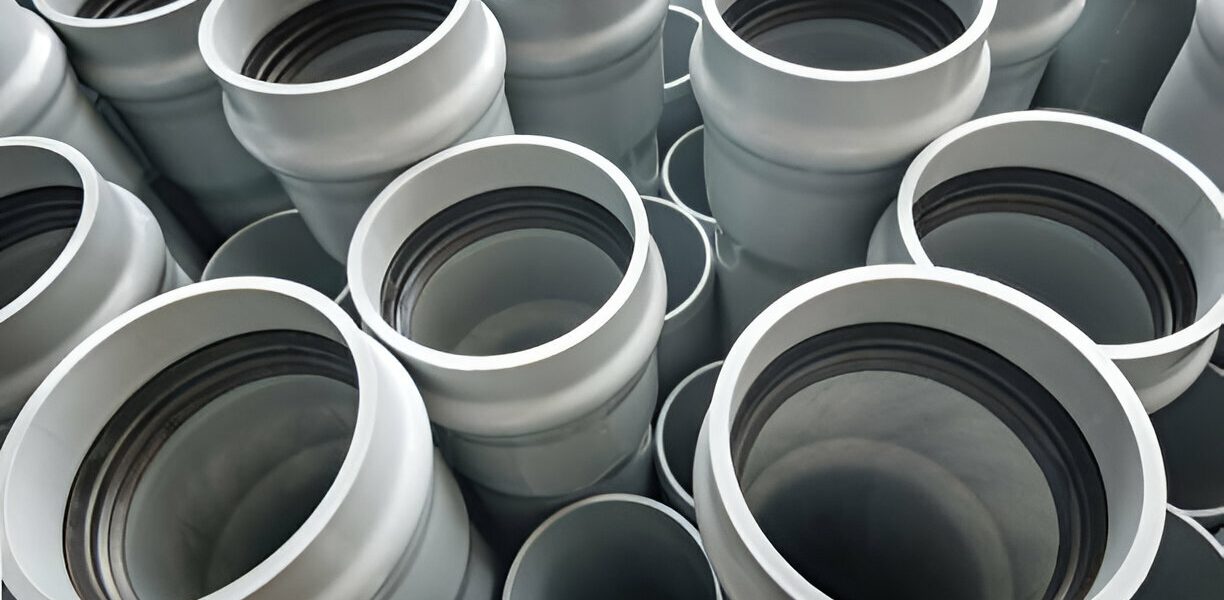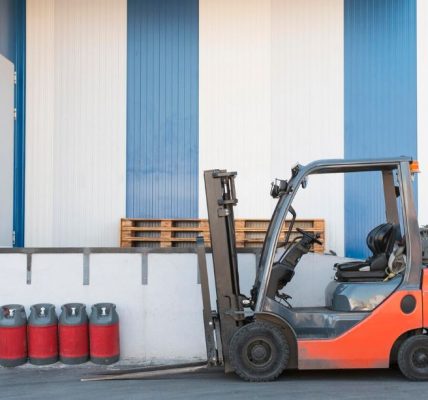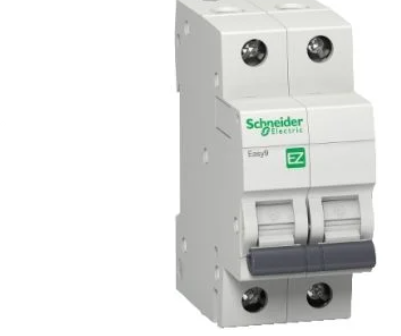Imagine a sunny morning, birds chirping outside your window as you step into the kitchen for a refreshing glass of water. You turn on the tap, and crystal-clear water drips smoothly quenching your thirst. High-quality plastic pipes silently working behind the scenes protect your family’s safety and well-being.
But what if the pipes weren’t of the best quality? Think about murky water, strange odors, and worries about toxins infiltrating your daily life. That is the scenario we will discuss in this blog: the need for safe drinking water and the important function that high-quality plastic pipes play in delivering it. We’ll talk about the advantages of these pipes, how they protect your health, and how you can take practical actions to ensure a consistent supply of clean water for your family.
How Do High-Quality Plastic Pipes Contribute to Safe Drinking Water?
High-quality plastic pipes help to provide safe drinking water to prevent hazardous substances from entering into it. These pipes resist corrosion and chemical reactions, keeping the purity of the water. Smooth interiors prevent silt and bacteria from accumulating and contaminating the water. Also, high-quality plastic pipes are more strong, reducing the possibility of leaks and breakage that could introduce contaminants. These pipes contribute to the safety of the water that comes out of your tap by providing a clean, reliable route for it.
Which Types of Plastic Pipes Are Considered High-Quality for Drinking Water?
Several types of plastic pipes are known for their high quality and safety when it comes to drinking water. UPVC (Unplasticized Polyvinyl Chloride), PPRC (Polypropylene Random Copolymer), and Schedule 40 pipes are important examples. These materials are specifically designed to meet high health and safety regulations, which ensures that harmful substances do not enter the water. They are also evaluated for durability, pressure resistance, and long-term performance, which makes them suitable for both residential and commercial water supply systems.
What Are the Advantages of Using UPVC Pipes for Drinking Water?
UPVC pipes and fittings provide lots of advantages for drinking water systems. They resist corrosion and keep the water clean of pollutants. UPVC pipes are chemically impermeable, which means they do not react with water or other substances, making sure of water purity. They have smooth interiors that prevent sediments and biofilms from accumulating and compromising water quality. Also, UPVC pipes and fittings are strong and can sustain high pressure, reducing the risk of leaks and breaks. These characteristics make UPVC pipes a good choice for a reliable and secure drinking water system.
What Are the Benefits of Using High-Quality Plastic Pipes for Drinking Water?
- Durability: High-quality plastic pipes are long-lasting and resistant to corrosion, ensuring a reliable water supply without the risk of leaks or breaks.
- Safety: These pipes are made from materials that are safe for drinking water, free from harmful chemicals or contaminants, protecting the health of consumers.
- Cost-effectiveness: They are cost-effective to install and maintain over time, reducing overall expenses compared to other pipe materials.
- Flexibility: Plastic pipes are lightweight and flexible, making them easier to transport, handle, and install, especially in challenging or tight spaces.
- Efficiency: They provide smooth water flow with minimal friction, optimizing water pressure and distribution throughout the plumbing system, ensuring efficient water usage.
What Role Do PPRC Pipes Play in Maintaining Water Quality?
PPRC pipes are essential for maintaining excellent water quality. These pipes are made from high-grade materials that do not degrade or leak contaminants into the water. They can handle both hot and cold water, which makes them ideal for a range of plumbing uses. PPRC pipes and fittings are resistant to bacterial growth and have high thermal stability, preventing the formation of dangerous biofilms. Their strong design ensures that they stay leak-free, further protecting water purity.
How Do Schedule 40 PVC Pipes Ensure Safe Drinking Water?
Schedule 40 pipes provide safe drinking water with a lot of important aspects. These pipes are without lead, a typical pollutant in older plumbing systems, which ensures that no dangerous elements leach into the water. Its high-pressure rating and long-lasting structure prevent cracks or leaks that might let external contaminants in. Schedule 40 pipes also feature a smooth inner surface, which decreases sediment and biofilm buildup and helps preserve water quality. Their chemical inertness also ensures that they do not react with water treatment chemicals, which leads to safe and clean drinking water for homes.
How Do Plastic Pipes Compare to Copper Pipes for Drinking Water Safety?
- Chemical Safety: Plastic pipes, such as PPRC and UPVC, are non-corrosive and do not release harmful chemicals into drinking water, ensuring chemical safety.
- Lead Content: Copper pipes may contain trace amounts of lead, which can leach into water over time, while plastic pipes are lead-free and pose no risk of lead contamination.
- Corrosion Resistance: Plastic pipes are highly resistant to corrosion, preventing rust or scale buildup that can affect water quality, unlike copper pipes which may corrode over time.
- Ease of Installation: Plastic pipes are lightweight and easy to install, reducing labor costs and potential damage during installation compared to heavier copper pipes.
- Longevity: Plastic pipes have a longer lifespan and require minimal maintenance, reducing the risk of leaks or pipe failures compared to aging copper pipes.
What Are the Signs That Plastic Pipes Need to be Replaced to Maintain Water Quality?
- Leaks: If you notice water leaks or dampness around your pipes, it could indicate cracks or damage that may compromise water quality.
- Discolored Water: Water that appears discolored, rusty, or has a strange odor could be a sign of corrosion or deterioration within the pipes.
- Low Water Pressure: A sudden decrease in water pressure throughout your plumbing system may signal blockages or wear in the pipes, affecting water flow and quality.
- Frequent Clogs: If you experience frequent clogs or backups in your drains and toilets, it could indicate buildup and damage within the pipes.
- Visible Damage: Inspect your pipes for visible signs of damage such as bulges, cracks, or corrosion. These issues can lead to water quality issues and should be addressed promptly.
How Do I Properly Clean and Maintain Plastic Pipes for Drinking Water?
- Rinse the pipes with clean water regularly to remove dirt and debris.
- Use a mild detergent solution and a soft brush to gently scrub the pipes’ interior.
- Avoid of using abrasive or strong chemicals that can harm the pipes.
- Flush the pipes thoroughly with clean water after cleaning to remove any residue.
- Schedule regular inspections for leaks, cracks, or signs of wear and address issues promptly.
Closing Thoughts on Ensure Safe Drinking Water with High-Quality Plastic Pipes
Having safe drinking water is extremely important for the health of your family. Using high-grade plastic pipes such as UPVC, PPRC, and Schedule 40 PVC pipes could significantly boost the safety and quality of your water supply. Regular maintenance, immediate replacement of old pipes, and correct cleaning methods all help to ensure a clean and safe water supply. Making purchases of high-quality plastic pipes and maintaining them ensures that your family has safe, clean drinking water for years to come.
Make sure to explore the rest of the site for more fascinating Blogs!





